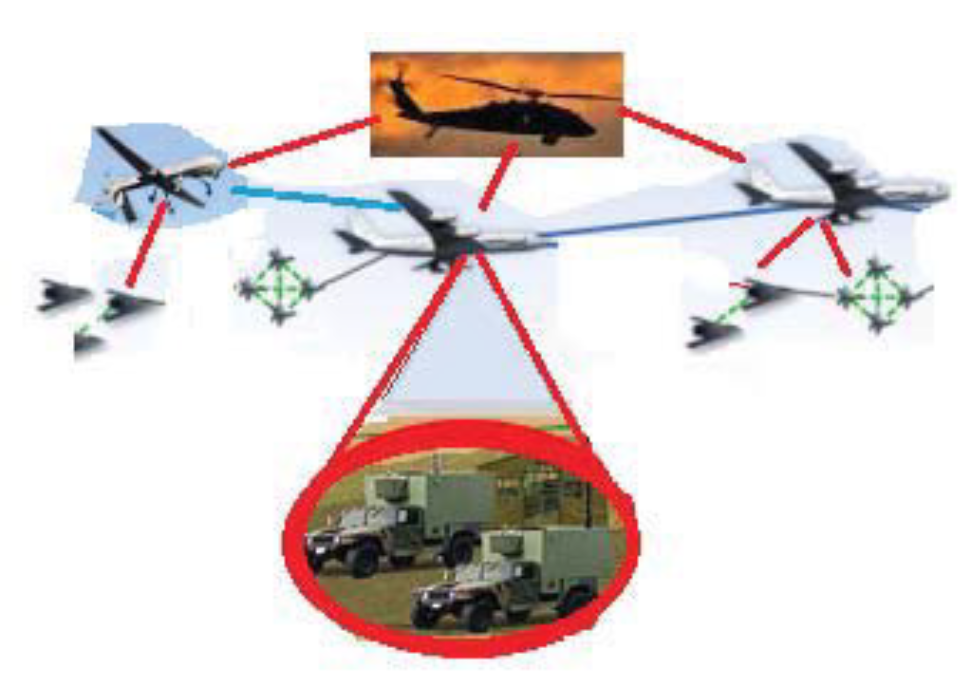The Problem:
There are existing similar technologies, but these technologies are not designed for mobile mission-oriented applications. The use of Ku-band frequency on two separate information transmission levels reduces interference common with current multi-beam antennas. Also, the Ku-band frequency is not the currently used frequency range for common cyber communications, which enhances data privacy within the mobile network. Furthermore, existing technologies do not utilize the combination of Ku-band frequency transmissions with MBSA's.
The Solution:
Researchers at The University of Alabama have created a MAC (medium access control) protocol that utilizes MBSA's (multi-beam smart antennas) operating in relatively short-wave Ku-band frequency (10-15 GHz) to provide improved communication and reduced antenna size in mission-oriented mobile applications. The use of Ku-band frequencies allows for faster data transmission rates and much better anti-interference capability from neighboring transmitters/nodes. MBSA's allows a wireless device to dispatch and receive packets of information at the same time. The protocol combines the above-mentioned technology to create a mission-oriented mobile network (a network of mobile transmitters (nodes) moving within range of prescribed region of interest). The protocol would allow for faster data transmission within the mobile network with reduced inter-nodal interference while operating within frequencies not commonly used for mission-oriented applications.

Benefits:
• Smaller single antenna.
• Usable in highly mobile situations.
• Reduces incidence of “dropped” data.
The University of Alabama Research Office of Innovation and Commercialization (OIC) is a non-profit corporation that is responsible for commercializing University of Alabama technologies and for supporting University research. At OIC, we seek parties that are interested in learning more about our technologies and commercialization opportunities, and we welcome any inquiries you may have.